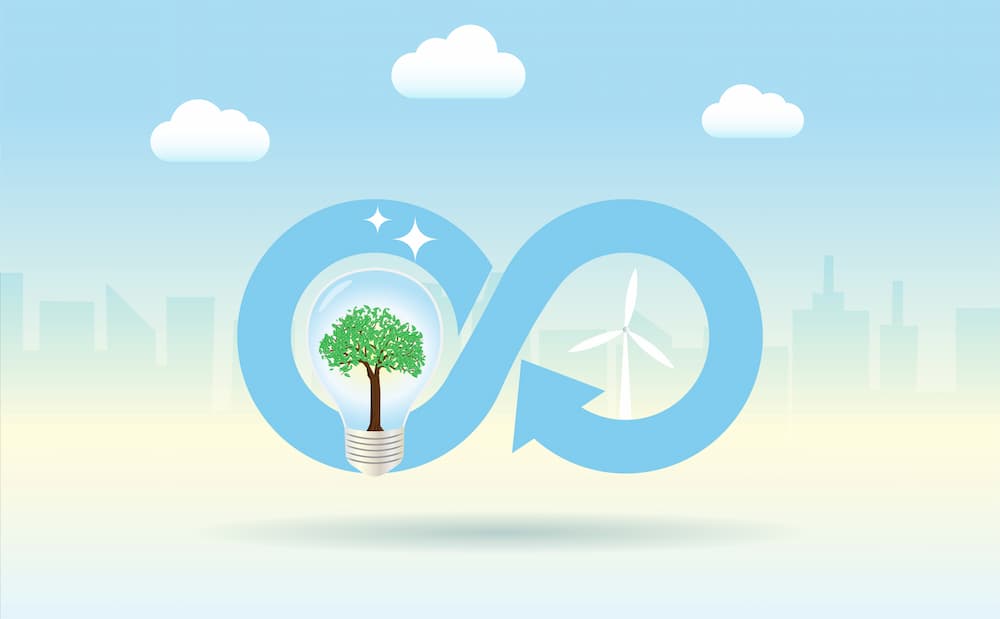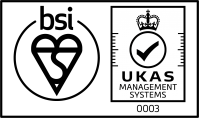In an era where the economy and the environment intersect, businesses are increasingly turning to sustainable alternatives. Among these, the circular economy model stands out as a beacon of hope.

Traditionally, economies followed a linear model: they extracted resources, transformed them into products, used them, and then discarded them. However, this linear approach, rooted in mass consumerism, has led to significant waste and ecological damage.
The circular economy aims to minimize waste by reimagining the end of the linear economy. By composting organic materials and recycling non-biodegradable waste, resources can be reused, thereby reducing environmental harm.
In this pursuit of sustainability, LED lighting emerges as a crucial player. LEDs offer numerous environmental benefits:
At Forge, we're committed to delivering sustainable LED solutions suited to your needs. Additionally, our serviceable luminaires and 3D printed designs from recycled materials exemplify circular lighting principles.
While LEDs have made significant strides in sustainability, the journey continues. As we refine manufacturing processes and embrace circular economy principles, Forge remains at the forefront, empowering businesses with eco-friendly lighting solutions.
Join us in finally illuminating the path to a greener, more sustainable future with circular economy LED lighting solutions from Forge.


